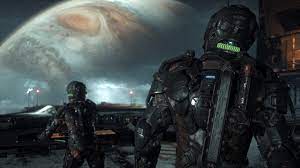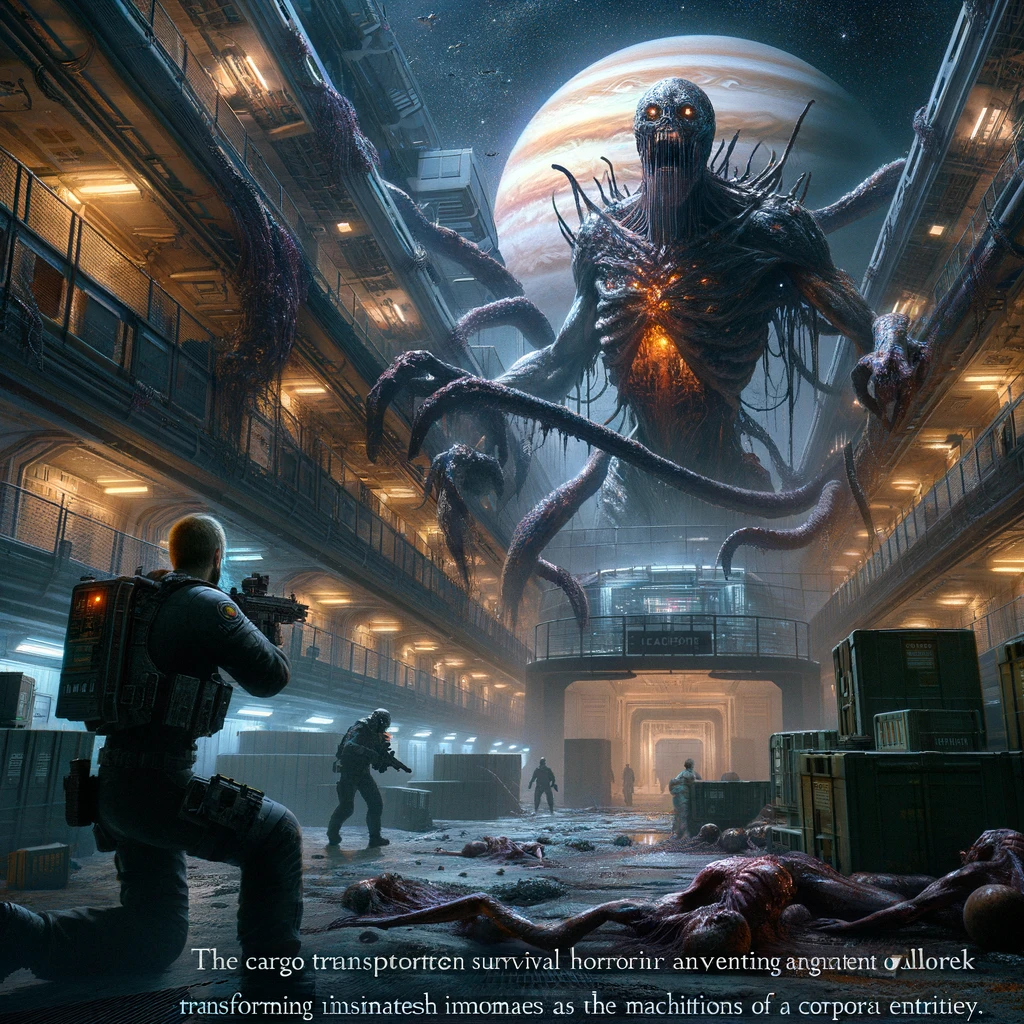The Callisto Protocol, while arriving fifteen years after the iconic Dead Space, arguably positions itself as a spiritual kin rather than a direct successor. Glen Schofield’s vision, initially intended for a prison setting in the Dead Space universe, finds its realization in this latest venture. The game impresses with its outstanding art direction and sound design, mirroring the over-the-shoulder perspective and HUD integration of its predecessor. However, it charts its path with a combat system that places a heavy emphasis on melee, a choice that, while initially invigorating, proves less fitting for the latter action-packed segments of the game.
A Tale of Survival and Conspiracy
Players step into the shoes of Jacob Lee, a cargo transporter who finds himself embroiled in a catastrophic outbreak within the Black Iron Prison on Callisto. Joined by a cast of characters including the mysterious Dani Nakamura and the formidable Captain Leon Ferris, the narrative weaves a tale of survival against monstrous biophages. The game’s story, although intriguing, suffers from a late reveal of key motivations, leaving little room for exploration of its deeper implications.

Combat and Exploration: A Mixed Bag
The Callisto Protocol introduces a combat system that’s a departure from typical survival-horror fare, focusing on melee attacks and dodges complemented by a sparse arsenal of firearms. This system shines in one-on-one encounters but becomes cumbersome amidst larger groups, exacerbated by an innovative but ultimately restrictive HUD design. Despite these challenges, the game offers exhilarating moments, especially when utilizing the environment to dispatch foes creatively.
The Journey and Its Pitfalls
The game’s linear progression and exploration are punctuated by moments of both awe and frustration. Lengthy death animations and difficulty spikes disrupt the flow, detracting from the overall experience. Furthermore, the game’s attempt at horror often relies on cheap jump scares, diminishing the impact of its more genuinely thrilling sequences. The latter half of the game sees a shift towards action, diluting the horror elements that initially set the tone.
Despite its gameplay shortcomings, The Callisto Protocol stands out for its visual and auditory presentation. The detailed environments and character models, alongside the immersive sound design, create a palpable atmosphere of dread. However, the game’s narrative and character development fail to match the depth of its aesthetics, leaving players yearning for a more fleshed-out world.
In conclusion, The Callisto Protocol is a bold step into the survival-horror genre, bringing with it a rich aesthetic experience and a promising, albeit flawed, combat system. While it struggles to fully escape the shadow of Dead Space, it offers a journey worth taking for fans of the genre. As it stands, the game represents a foundation with potential, hinting at what could be a thrilling series if its shortcomings are addressed in future installments.










